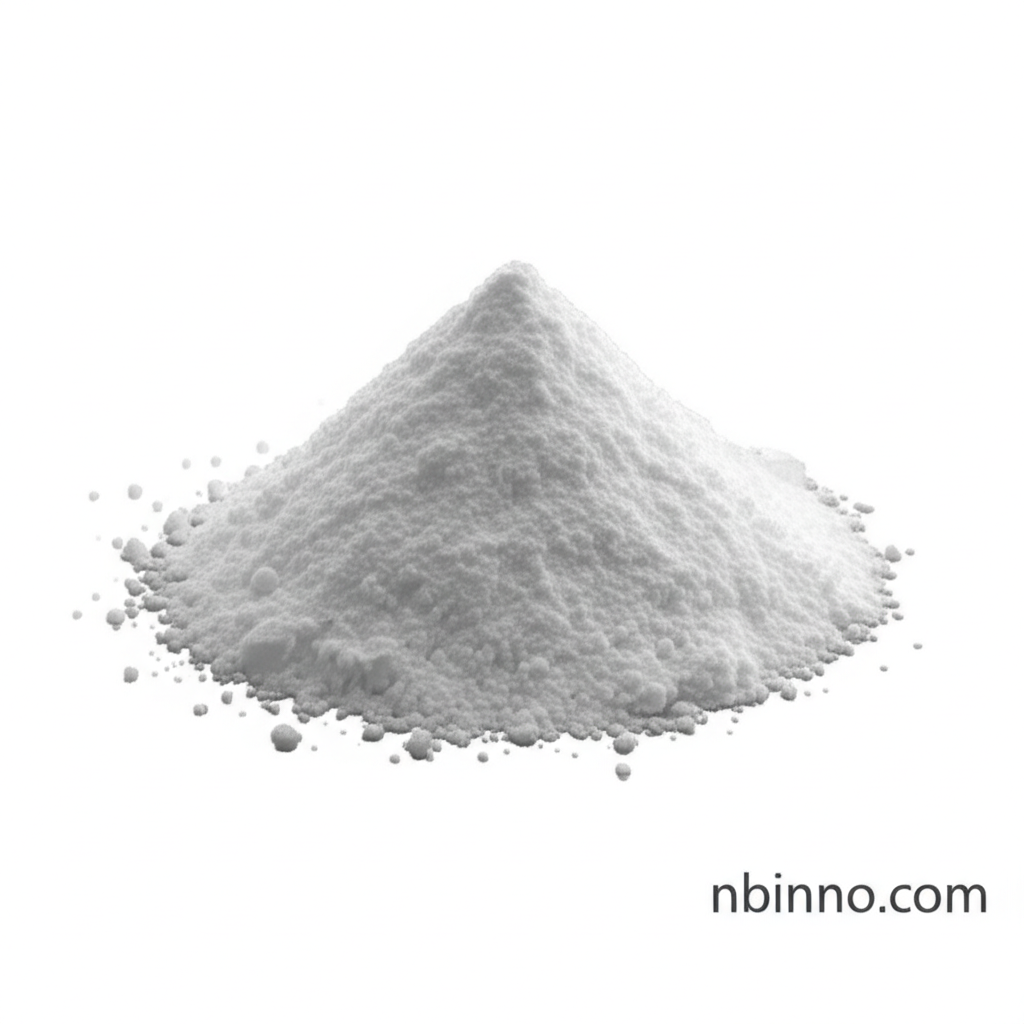High-Purity 3-(4-Methylphenyl)-2-Propenoic Acid CAS 1866-39-3: Synthesis, Applications, and Market Insights
Discover the essential properties and diverse uses of this vital chemical intermediate.
Get a Quote & SampleProduct Core Value

3-(4-Methylphenyl)-2-propenoic acid
This high-purity compound is a cornerstone in various chemical syntheses, particularly as a diagnostic reagent and a fine chemical intermediate. Its well-defined properties make it ideal for demanding applications.
- Explore the critical role of 3-(4-methylphenyl)-2-propenoic acid in fine chemical synthesis, ensuring reliable building blocks for complex molecules.
- Understand the essential properties of this derivative, including its CAS number and physical characteristics, to facilitate informed purchasing decisions.
- Learn about the various applications of p-methylcinnamic acid, highlighting its utility in specialized chemical processes.
- Discover the advantages of using high-purity propenoic acid derivatives for consistent and successful chemical reactions.
Key Advantages
Exceptional Purity
Achieve superior results with material boasting a purity of u226599%, a critical factor for sensitive reactions and diagnostic applications.
Versatile Intermediate
Leverage the versatility of 3-(4-tolyl)acrylic acid as a key building block in organic synthesis, enabling a wide range of chemical transformations.
Reliable Supply Chain
Secure your supply of this essential chemical with dependable sourcing and packaging options, ensuring uninterrupted research and production.
Key Applications
Diagnostic Reagent Manufacturing
Utilize 3-(4-methylphenyl)-2-propenoic acid as a critical component in the synthesis of diagnostic reagents, contributing to accurate and reliable testing.
Fine Chemical Intermediate
Employ this compound as a vital intermediate in the production of various fine chemicals, facilitating complex molecular constructions.
Organic Synthesis
Benefit from the reactivity and structural features of p-methylcinnamic acid for diverse organic synthesis pathways and novel compound discovery.
Pharmaceutical Research
Support pharmaceutical R&D efforts by employing high-purity materials like CAS 1866-39-3 for drug discovery and development processes.
